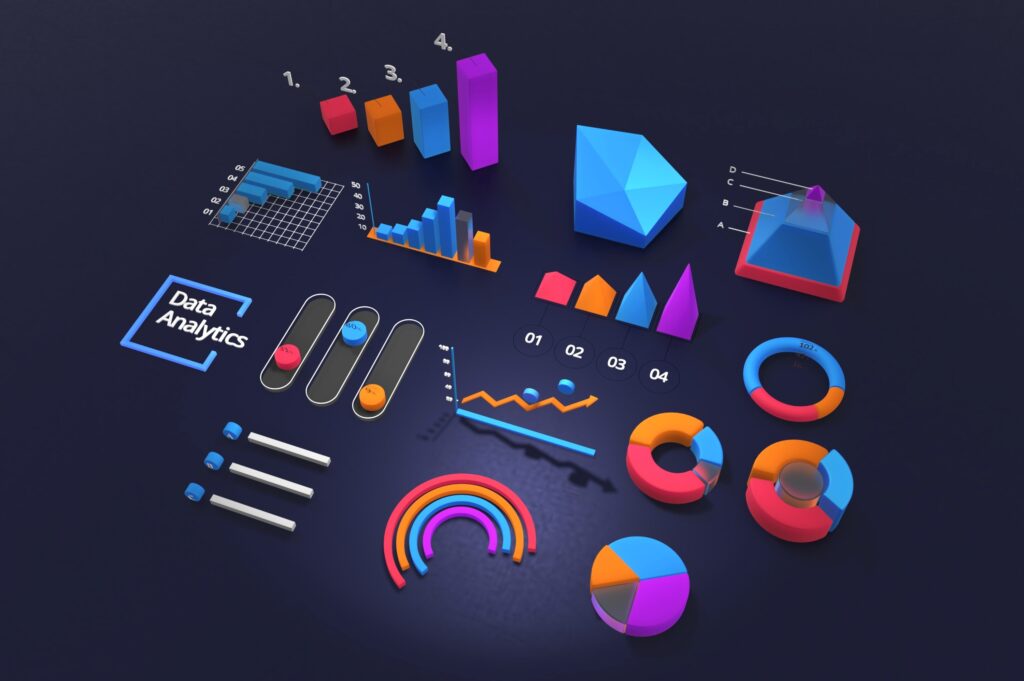As businesses continue to digitize their operations, the amount of data being generated is increasing exponentially. While this data can be a valuable asset to businesses, extracting insights from it can be challenging. That’s where Artificial Intelligence (AI) comes in. In this article, we’ll explore how AI can help you improve your company’s data analysis and make informed decisions.
Why Use AI for Data Analysis?
AI can help you analyze large volumes of data quickly and accurately, enabling you to identify patterns and trends that may not be immediately apparent. By analyzing data with AI, you can:
- Identify areas for cost savings and operational efficiencies
- Improve customer experience by identifying and addressing pain points
- Optimize marketing and sales strategies by predicting customer behavior
- Identify new business opportunities by analyzing market trends
How AI Can Help Your Business with Data Analysis
Here are some ways that AI can help your business with data analysis:
Natural Language Processing
Natural Language Processing (NLP) is a type of AI that enables machines to understand and interpret human language. By using NLP to analyze customer feedback, social media posts, and other text data, you can identify customer sentiment and pain points, and make informed decisions about how to improve customer experience.
Machine Learning
Machine Learning is a type of AI that enables machines to learn from data and make predictions. By using machine learning algorithms to analyze historical data, you can predict future trends and customer behavior, enabling you to optimize your marketing and sales strategies.
Deep Learning
Deep Learning is a type of machine learning that uses neural networks to analyze large volumes of data. By using deep learning algorithms to analyze images and videos, you can identify brand mentions and monitor your brand reputation.
Code Example
Here’s an example of how you can use Python and the Scikit-Learn library to implement a machine-learning algorithm to predict customer churn:
import pandas as pd
from sklearn.model_selection import train_test_split
from sklearn.ensemble import RandomForestClassifier
# Load data
data = pd.read_csv('customer_data.csv')
# Split data into training and testing sets
X_train, X_test, y_train, y_test = train_test_split(data.drop('churn', axis=1), data['churn'], test_size=0.2, random_state=42)
# Initialize random forest classifier
classifier = RandomForestClassifier()
# Train classifier on training data
classifier.fit(X_train, y_train)
# Predict churn on test data
predictions = classifier.predict(X_test)
In this code example, we use the Scikit-Learn library to implement a Random Forest Classifier to predict customer churn based on historical data.
Conclusion
Incorporating AI into your data analysis process can help you make informed decisions and stay ahead of the competition. By using Natural Language Processing, Machine Learning, and Deep Learning algorithms, you can analyze large volumes of data quickly and accurately, enabling you to identify patterns and trends that may not be immediately apparent. To take advantage of the benefits of AI, consider working with an AI service provider who can help you develop and implement an AI strategy that is tailored to your business needs. Contact Us for further information.
Photo by Choong Deng Xiang on Unsplash




